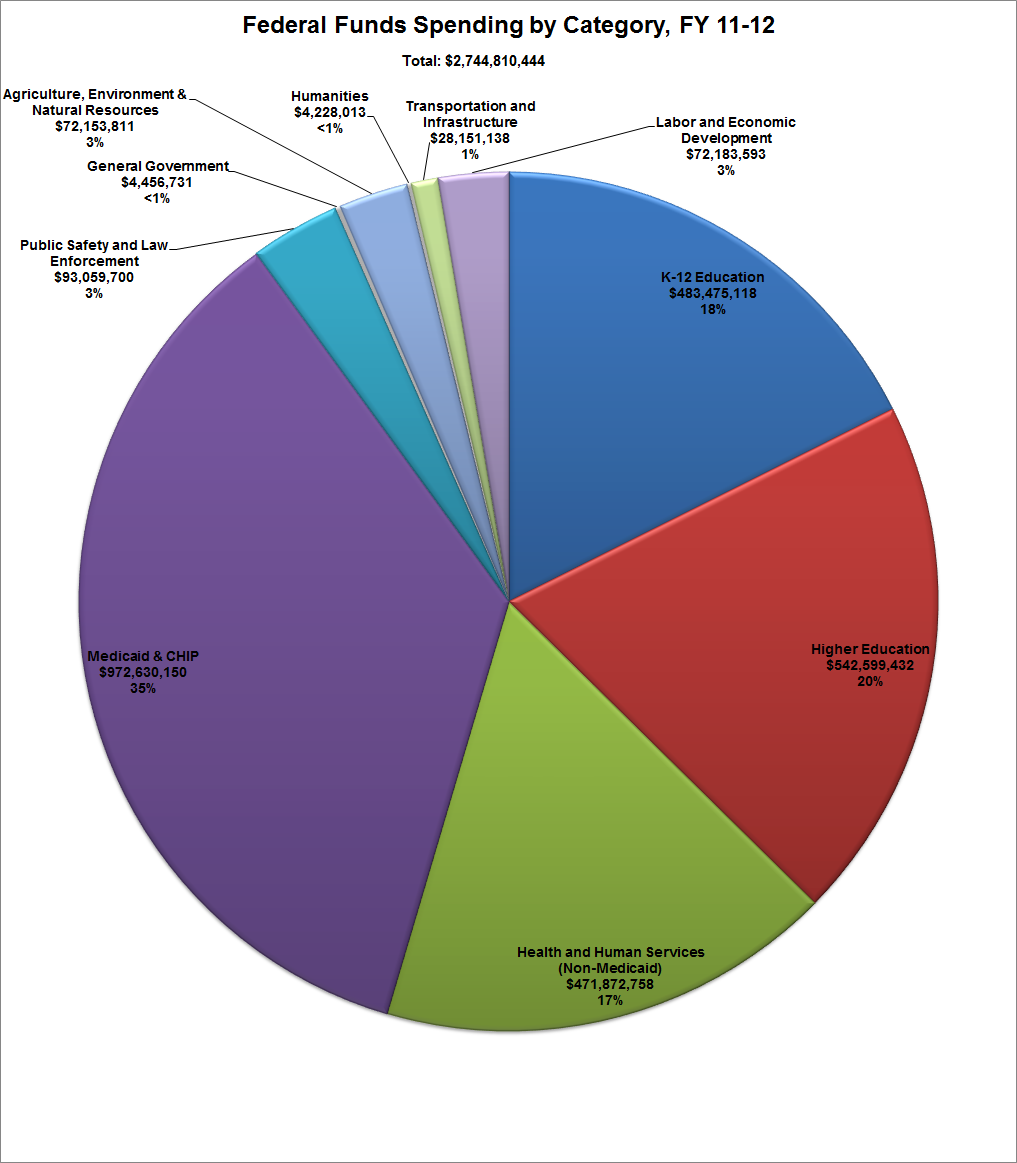
Cuts funding by $2 million for dealing with invasive species. Decreases funding for Cooperative Endangered Species Conservation Fund. Eliminates funding for 49 National Historic Sites and decreases funding for land acquisition. Cuts funding for certain FEMA grant programs.ĭepartment of Housing and Urban DevelopmentĮliminates grant programs for community development, investment partnerships, home-ownership, and Section 4 affordable housingĮliminates over 4000 jobs. Increases spending on border security and immigration enforcement and builds a wall on the US-Mexico border. Proposes phasing out many functions of the US Public Health Service. Ĭuts funding for the National Institutes of Health and training programs. Energy programs cut include: Energy Efficiency and Renewable Energy, Electricity Delivery and Energy Reliability, Nuclear Energy, Fossil Energy Research and Development. The budget cuts funding for energy programs by over 50% reducing the funding by $2.4 billion. Money spent on the NNSA would go to the modernization and upkeep of nuclear weapons as well as $1.5 billion going to naval nuclear reactors. The only science program not to receive a cut is the Advanced Scientific Computing Research program, which is to receive a small budget increase of $101 million. Increases spending on National Nuclear Security Administration by 11.4% while slashing high energy physics and almost all other science programs (Basic Energy Sciences, Biological and Environmental Research, Fusion Energy Sciences, High Energy Physics, Nuclear Physics, Infrastructure and Administration, Workforce Development for Teachers and Scientists) by 18%. Largest cuts go to the Office of Science ARPA-E and Departmental Loan Programs eliminated. Eliminates Striving Readers/Comprehensive Literacy Development Grants as well as cuts funding for Supporting Effective Instruction State grants by $2.3 billion. Eliminates $1.2 billion from the 21st Century Community Learning Center program and cuts $732 million from the Federal Supplemental Educational Opportunity Grant. Includes an increase in the size of the Army and Marine Corps, as well as the Naval fleetĬuts programs and grants for teacher training, after-school and summer care, and aid to low-income students. Includes cuts to coastal research programs at the National Oceanic and Atmospheric Administration, and the elimination of the Economic Development Administration Decreases funding for the United States Forest Service by $118 million. Includes the elimination of food for education and water and wastewater loan programs. The proposed 2018 budget includes $54 billion in cuts to federal departments, and a corresponding increase in defense and military spending. CBO estimated that the debt held by the public, the major subset of the national debt, would rise from $14.168T (77.0% GDP) in 2016 to $22.337T (79.8% GDP) in 2027 under the President's budget.If all of President Trump's proposals were implemented, CBO estimated that the sum of the deficits (debt increases) for the 2018–2027 period would be reduced by $3.276T, resulting in $6.836T in total debt added over the period. Deficits: CBO estimated that based on the policies in place as of the start of the Trump administration, the debt increase over the 2018–2027 period would be $10.112T.Trump's budget proposal was not sufficiently specific to score other tax proposals these were simply described as "deficit neutral" by the Administration. Revenues would be reduced by $1 trillion, mainly by repealing the ACA, which had applied higher tax rates to the top 5% of income earners.Other discretionary spending (cabinet departments) would be reduced by $1.548T. This includes reduced spending of $752 billion for overseas contingency operations (defense spending in Afghanistan and other foreign countries), which is partially offset by other increases in defense spending of $448B, for a net defense cut of $304B.


Discretionary spending: The budget cuts discretionary spending by a net $1.851 trillion over the 2018–2027 period.These savings would be partially offset by $200B in additional infrastructure investment. This includes reduced spending of $1.891T for healthcare, mainly due to the proposed repeal and replacement of the Affordable Care Act (ACA/Obamacare) $238 billion (B) in income security ("welfare") and $100 billion in reduced subsidies for student loans. Mandatory spending: The budget cuts mandatory spending by a net $2.033 trillion (T) over the 2018–2027 period.The Congressional Budget Office reported its evaluation of the budget on July 13, 2017, including its effects over the 2018–2027 period. CBO chart explaining the impact of the 2018 budget on spending, tax revenue, and deficits over the 2018–2027 periods


 0 kommentar(er)
0 kommentar(er)
